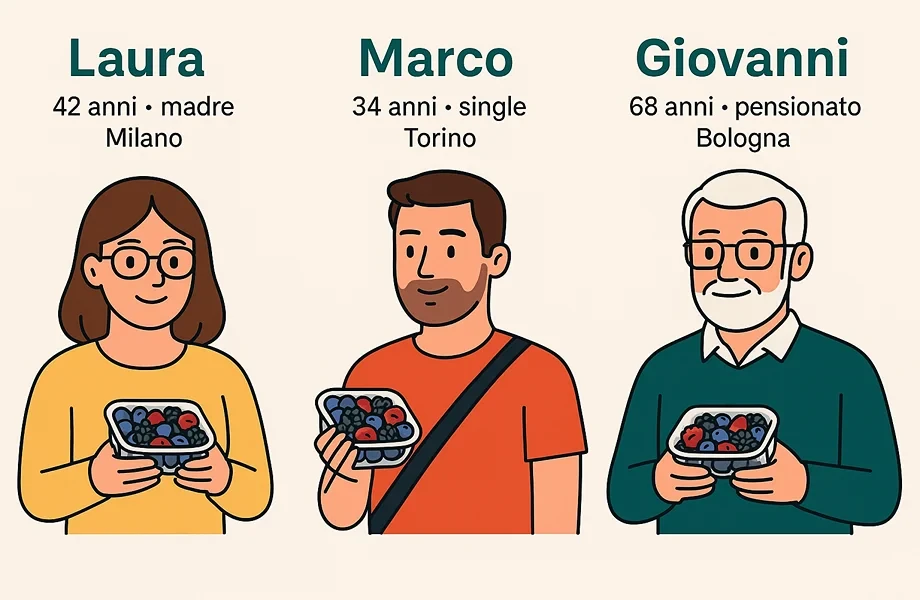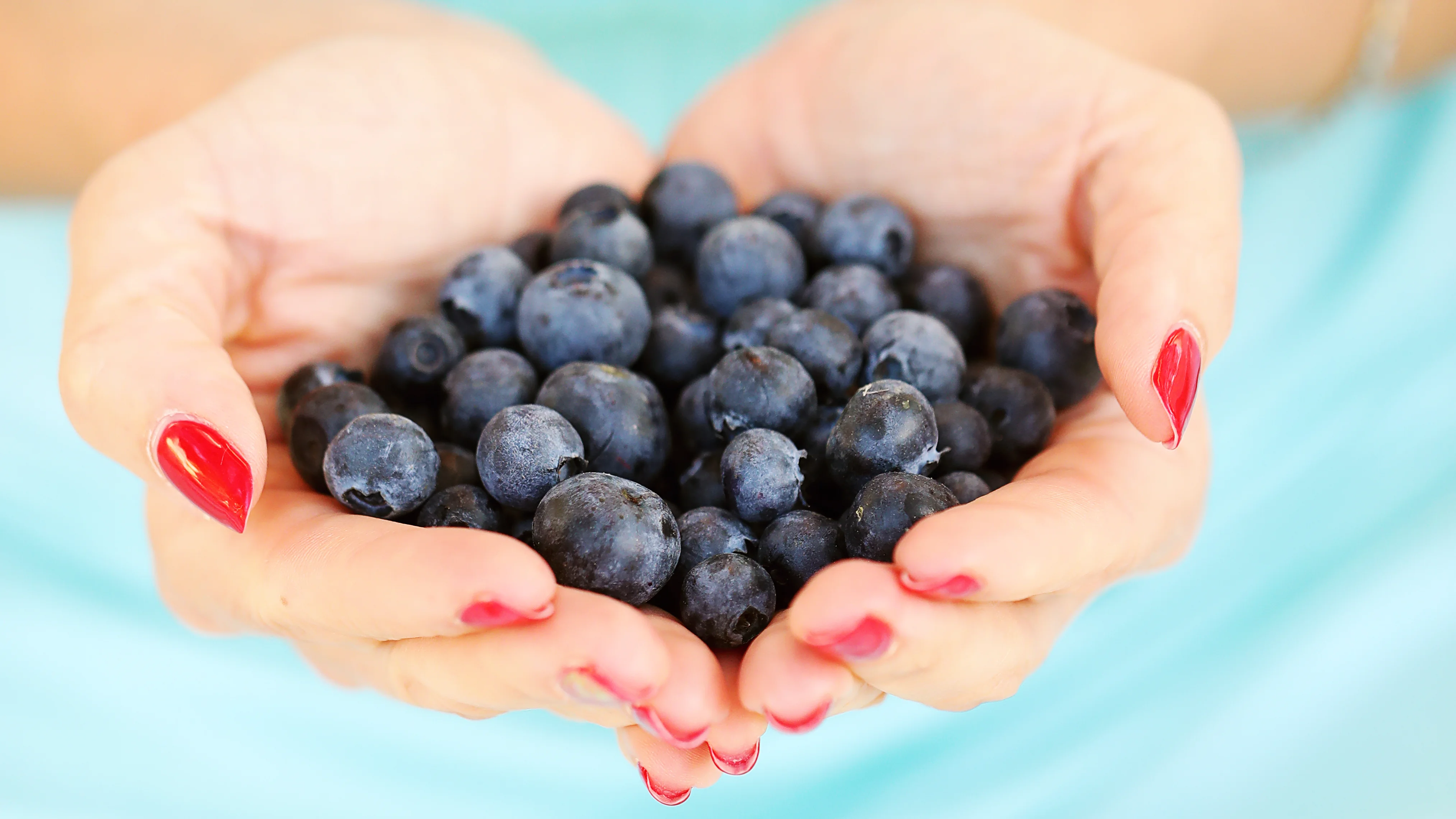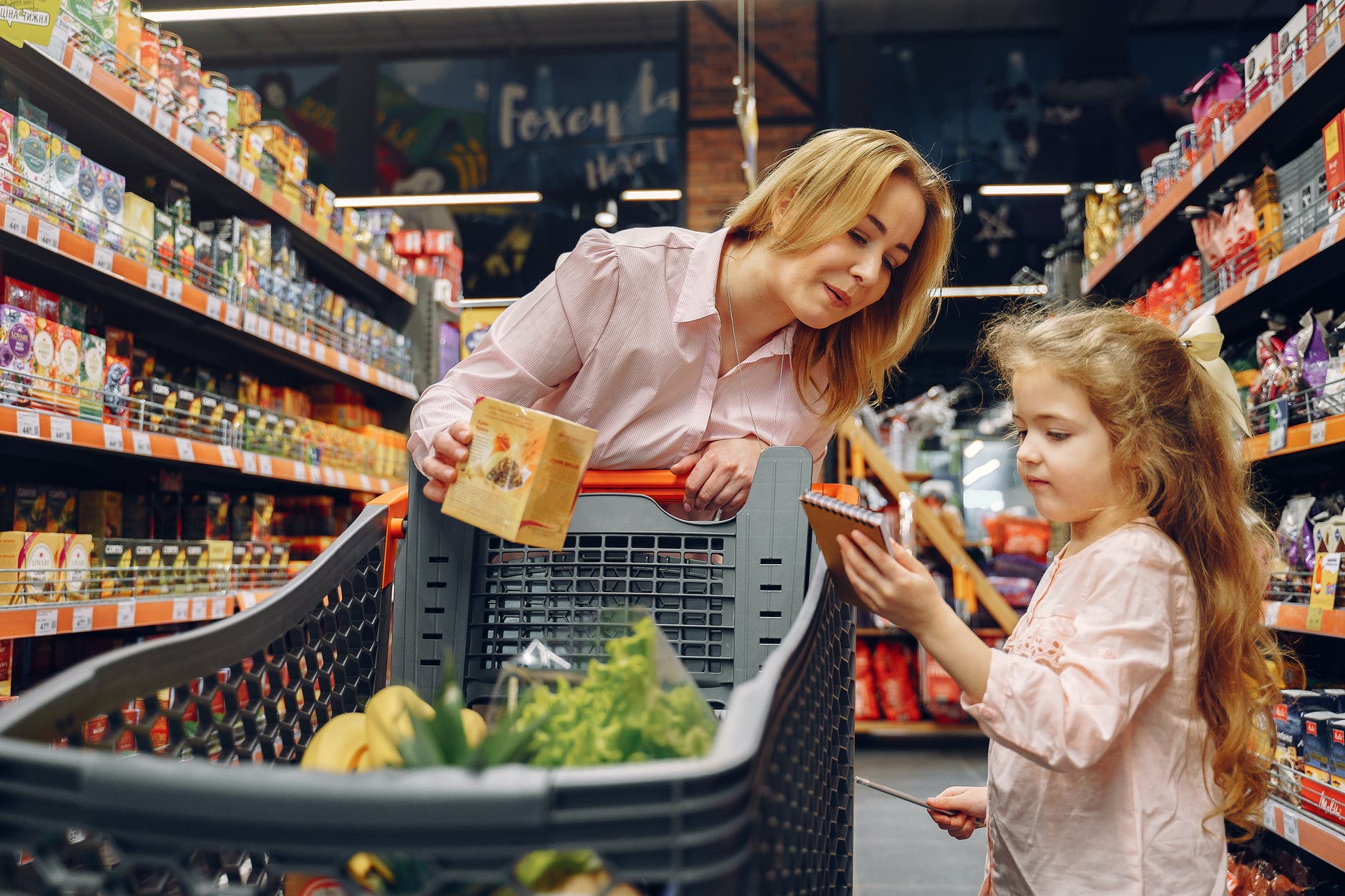To define an effective marketing strategy, it is essential to start from understanding the consumer. Only by comprehending their needs, habits, and motivations can a product—and its communication—be truly centered around them. A useful tool to guide this process is the creation of one or more buying personas, realistic representations of the different buyer profiles you want to target.
A buying persona is a semi-fictional representation of the ideal customer, built on real data and qualitative insights. It helps to better understand who buys a product or service, what their needs are, their behaviors, shopping habits, and motivational drivers.
In the case of berries, personas help us segment the market into distinct profiles—such as the health-conscious mother, the active young single, and the wellness-oriented retiree—so we can develop targeted marketing strategies. Each profile enables the adaptation of language, communication channels, packaging, and offers in a more effective way, increasing the product’s relevance to each type of consumer.
Here are three examples of buying personas based on berry purchasing behaviors developed by Italian Berry using YouGov data from the Italian survey on household consumption updated to December 2024.
Laura, mother, university graduate, working in Milan
Laura is 42 years old, lives in a semi-central area of Milan with her husband and ten-year-old daughter. She holds a degree and has a stable job in a digital services company, placing her in the upper-middle socio-economic bracket. Her husband is self-employed and together they share a lifestyle focused on health, nutrition, and sustainability.
For Laura, the weekly grocery trip is an important and conscious moment. She prefers well-stocked supermarkets or organic stores where she can find quality fresh fruit. Berries are part of her regular diet: she buys them often, especially blueberries and raspberries, which she sees as perfect for breakfast or as a healthy snack for her daughter. She cares about origin and seasonality and doesn’t mind paying more for items that reflect her values.
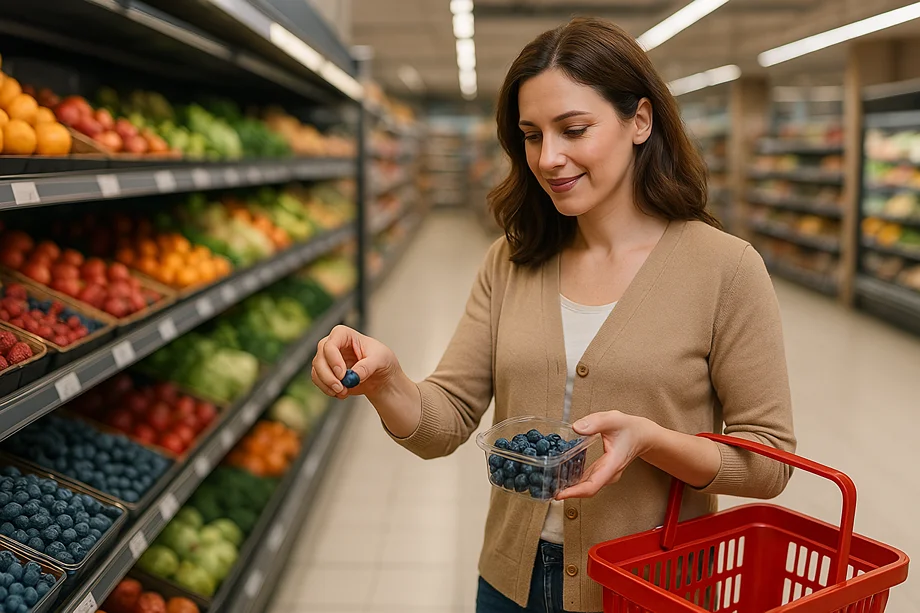
To Laura, berries represent not only healthy food but also a modern, practical, and versatile choice. She is drawn to family-friendly packaging, clear messaging about nutritional benefits, and sustainable materials. She is a demanding, well-informed consumer who responds well to digital content: she follows nutritionists, food bloggers, and influencers on Instagram and Pinterest, from whom she gets inspiration for simple and healthy recipes for her family.
Laura fully represents the urban, mature, and conscious consumer who drives market trends through her ability to combine wellness, taste, and ethical choices.
Marco, graphic designer, single from Turin
Marco is 34 years old and lives in a modern one-bedroom apartment in central Turin. He is single, works as a freelance graphic designer, and leads a dynamic, independent lifestyle focused on personal well-being. He pays attention to his diet, exercises regularly, and strives to maintain a healthy balance between work, health, and leisure.
For Marco, grocery shopping is a practical yet strategic act: he knows the products he chooses and stays informed about what he consumes. Berries have become a daily ally in his diet: he mainly eats them at breakfast with yogurt or smoothies or as a post-workout snack. He appreciates their convenience, health benefits, and intense natural flavor. Even though he lives alone, he regularly buys packs of blueberries, blackberries, and raspberries, preferring brands that clearly communicate their origin and quality.
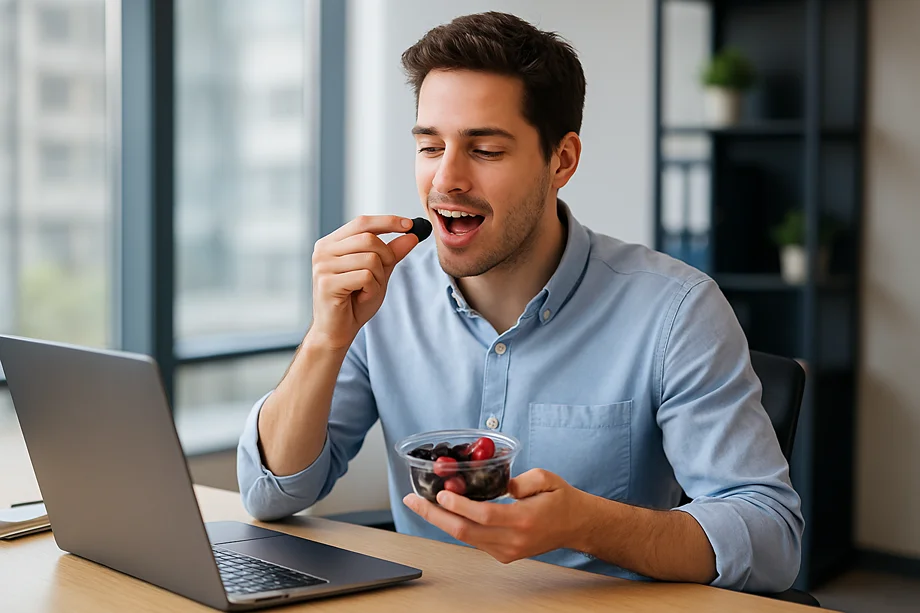
Despite his young age, Marco is very selective and aware in his consumption choices. He is sensitive to sustainability and environmental impact and tends to favor recyclable packaging or products with responsible production certifications. As an active social media user, he is often exposed to healthy food trends and new eating habits, which he enthusiastically tries out.
Marco represents an emerging segment in berry consumption: young, urban, educated, informed, with a moderate-to-good purchasing power and a lifestyle that values health and quality. He can become a true product ambassador if engaged through the right channels with a fresh, authentic, and relatable tone.
Giovanni, retired and health-conscious
Giovanni is 68 years old and lives in a quiet residential neighborhood in Bologna. He retired a few years ago after a long career as a teacher. He lives with his wife and devotes much of his time to the home, gardening, reading, and long walks in the park. He often sees his two adult children and adores his granddaughter.
In recent years, Giovanni has developed a special focus on nutrition, mainly for health reasons. He has cut back on sugars and processed foods, favoring fresh, nutrient-rich, and easy-to-digest foods. Berries are now a staple in his diet: he considers them a natural wellness booster, good for the heart, eyesight, and memory. He eats them mainly in the morning with whole grains or in the evening as a light dessert.

Giovanni is not an impulsive buyer, but a thoughtful and loyal one: when he finds a product he likes, he tends to repurchase it regularly. He usually buys berries at the supermarket or local market, where he often inquires about farming methods. He cares about origin, prefers Italian products, and appreciates clear, easy-to-read packaging.
Even though he is not very active on social media, he reads magazines and newspapers, watches cooking and health programs, and listens to his doctor and pharmacist. He is responsive to messages about natural well-being and prevention, making him an ideal target for communications focused on concrete benefits, trust, and certified quality.
Giovanni represents that segment of senior consumers who are attentive, responsible, and loyal, rewarding products they perceive as safe, useful, and consistent with a healthy lifestyle.
Comparing the three personas
| Aspect | Laura (42, mother, Milan) | Marco (34, single, Turin) | Giovanni (68, retired, Bologna) |
|---|---|---|---|
| Lifestyle | Family-oriented, organized, wellness-focused | Dynamic, urban, sporty | Calm, thoughtful, tradition-bound |
| Purchase motivation | Family health, snack for daughter, balanced breakfast | Healthy diet, fitness, convenience | Prevention, health, lightness |
| Consumption frequency | Regular, weekly | Regular, even daily | Regular, with seasonal awareness |
| Purchase channels | Premium supermarkets, organic shops | Urban supermarkets, e-commerce, specialty stores | Supermarkets, local markets |
| Price sensitivity | Medium: willing to pay more for quality and sustainability | Medium-high: selective but invests in wellness | High: seeks value and quality, avoids waste |
| Key values | Health, quality, food education | Performance, sustainability, authenticity | Safety, tradition, trust |
| Digital touchpoints | Social media, wellness influencers, food blogs | Instagram, YouTube, food trends | TV, magazines, doctor, pharmacy |
| Preferred packaging | Family-friendly, informative, sustainable | Modern, minimal, single-serve | Easy to read, reassuring, recyclable |
Buying personas and marketing strategy implications
Laura is a core target for healthy products to integrate into family routines. It’s important to talk about nutritional benefits for children, guaranteed origin, and ease of use. She responds well to storytelling and educational content.
Marco is an early adopter, very receptive to new products and trends. He values visual appeal in packaging, portability, and environmental impact. He’s ideal for testing new consumption formats and launching limited editions or digital content.
Giovanni is a loyal consumer who values familiarity and relies on trusted sources. To convince him, communication must be clear and reassuring, focused on tangible benefits and quality. He’s the perfect target for loyalty and repeat purchase strategies.
Deeply understanding berry consumers is not just a strategic exercise but a real opportunity to speak to the right people in the right way. The profiles of Laura, Marco, and Giovanni reflect three different—but complementary—ways of experiencing berry consumption in Italy: from caring for family health, to seeking a dynamic lifestyle, to making mindful dietary choices in later life.
These personas are not abstract concepts but interpretative keys that help develop more targeted, relevant, and—above all—effective products, campaigns, and distribution strategies. Understanding who’s behind every pack of blueberries or raspberries can make the difference between a one-time purchase and a lasting habit. For everyone working in the berry supply chain, the time to listen to consumers is now. And these stories are the ideal starting point.







